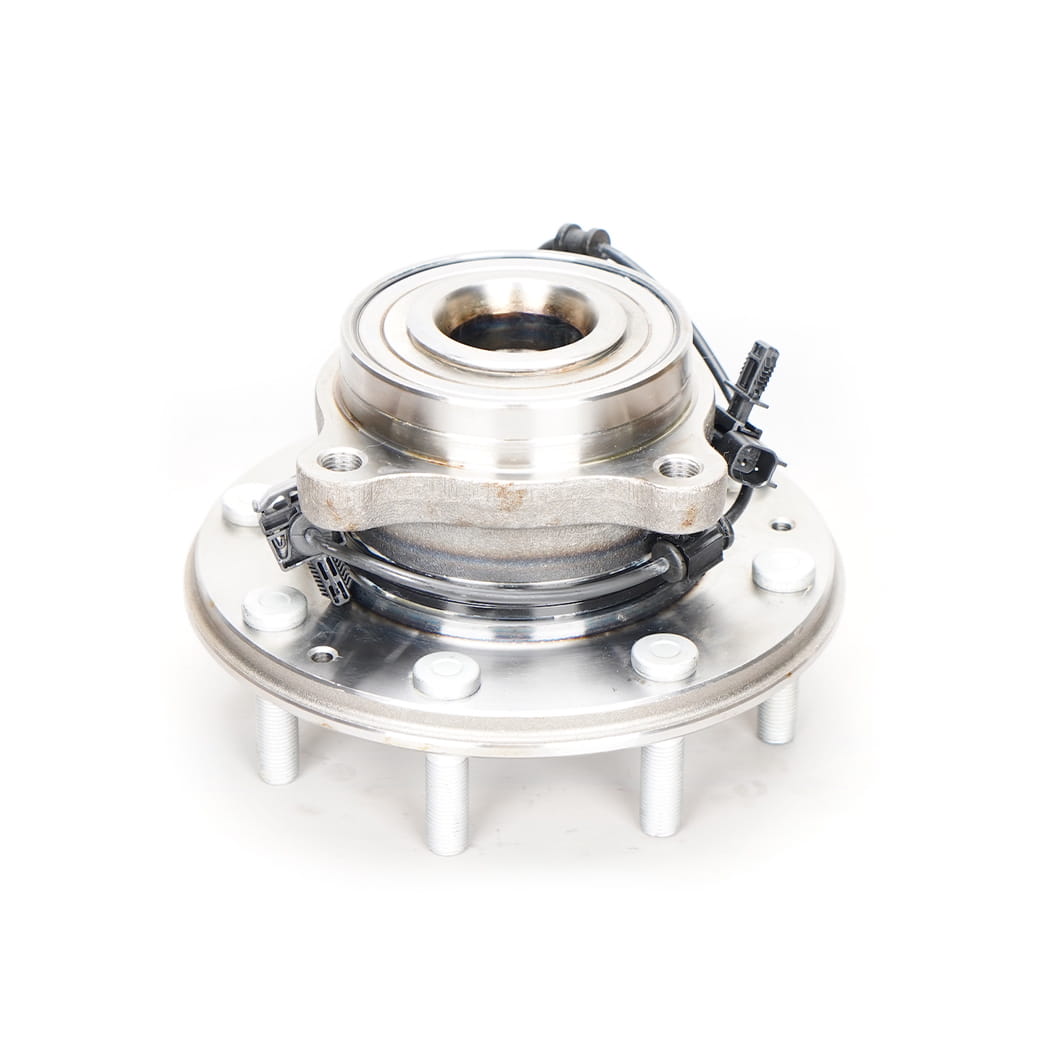In the grand orchestra of a vehicle's mechanical components, some parts are the rock stars, like the engine and the transmission, while others are the quiet, dependable rhythm section. The wheel bearing hub unit is undoubtedly one of the latter. Often out of sight and out of mind, this sophisticated component plays a mission-critical role in every mile a car travels. It is the crucial link that allows the wheels to spin freely while supporting the entire weight of the vehicle and enduring the tremendous forces of acceleration, braking, and cornering.
To truly appreciate the modern wheel bearing hub unit, it's helpful to understand its origins. For decades, vehicles used a system of individual bearings, races, and a hub. This required careful assembly and precise lubrication by a technician. The process was time-consuming, and a faulty installation could lead to premature failure.
The wheel bearing hub unit revolutionized this design. It’s an integrated, pre-assembled part that contains the hub, bearings, and often a flange, all in one sealed unit. This design dramatically simplifies installation, reduces the chance of error, and, most importantly, protects the sensitive internal components from environmental contaminants like dust, moisture, and road salt. This sealed design is a major factor in the extended lifespan and reliability of modern vehicles.
At its core, the wheel bearing hub unit is a marvel of precision engineering. The unit typically consists of an outer race, an inner race, and a set of rolling elements (either balls or tapered rollers) that move with minimal friction. The key to its strength lies in its ability to manage both radial and axial loads. Radial loads are the downward forces from the vehicle's weight, while axial loads are the side-to-side forces generated during turns and cornering. The design of the unit ensures that these forces are distributed evenly, preventing excessive wear and tear.
Modern hub units also often integrate additional technology. Many come with an Anti-lock Braking System (ABS) sensor ring, or a magnetic encoder, built directly into the unit. This allows the vehicle's computer to accurately measure wheel speed, a vital piece of information for ABS, traction control, and electronic stability control systems. This integration not only streamlines manufacturing but also improves the accuracy and reliability of these critical safety systems.

Because the wheel bearing hub unit is under constant stress, it is considered a wear item. A failing unit is not just a nuisance—it’s a safety risk. A common sign of a worn hub unit is a persistent humming or grinding noise that gets louder with increasing speed. This is often the sound of damaged bearings and races. Other symptoms can include a wobbly feeling in the wheel, noticeable play when the wheel is checked, or uneven tire wear.
Ignoring these symptoms can lead to a catastrophic failure, where the hub unit completely breaks apart. This could cause the wheel to detach from the vehicle, leading to a complete loss of control. Given the potential danger, it is crucial to address any signs of failure promptly. The good news is that replacing a wheel bearing hub unit is a relatively straightforward job for a qualified mechanic due to its integrated design, making for a quicker and more reliable repair.
The wheel bearing hub unit is not a static technology. As the automotive industry evolves, so does this critical part. In the context of electric vehicles, the hub unit could see even more significant changes. The rise of in-wheel motors, where the electric motor is integrated directly into the wheel assembly, could see the hub unit morph into an even more complex, high-tech component that not only supports the wheel but also drives it. These future units will need to handle a unique set of forces and temperatures, pushing the boundaries of material science and engineering.
In conclusion, the wheel bearing hub unit is far more than just a piece of metal. It is a testament to the continuous innovation in automotive design, a product of precision and durability that ensures safety, performance, and a smooth ride. It is the silent, robust foundation upon which every journey begins and ends.